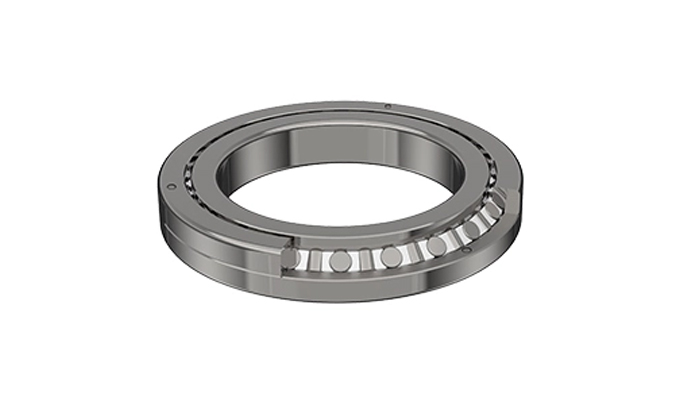How to Choose Right Cross Cylindrical Roller Bearing
To select a suitable crossed cylindrical roller bearing, the following requirements must be considered:
Assess the operating conditions, such as the direction of rotation (inner ring or outer ring) and rotational speed, as well as the permissible dimensions for the structure.
Select an appropriate structure based on the required service life, including choosing the proper bearing dimensions, determining the bearing clearance and rigidity, and identifying the appropriate installation location. Additionally, confirm the necessary rotation precision for the application.
Consider the required rotation torque for the application.
Determine the appropriate lubrication method and requirements.
If you are not so sure about the right type of cross cylindrical bearing for your application, consult with Thb-bearings. As an expert in bearing, we specializes in providing wholesale roller bearing types for different application.
THB Crossed Cylindrical Roller Bearings Design
The design of a cross cylindrical roller bearing is based on the specific application requirements and load conditions. The following factors are considered in the design process:
Load capacity: The customized cylindrical roller bearing must be able to support the radial and axial loads applied to it.
Rigidity: The cross cylindrical bearing should be designed to provide high stiffness and maintain accurate positioning of the rotating components.
Lubrication: Proper lubrication is essential for the smooth operation of the cross cylindrical bearing and to prevent wear and damage to the components.
Sealing: The customized cylindrical roller bearings may require sealing to protect against contamination and ensure a long service life.
Cage or isolation block: A cage or isolation block is used to maintain proper roller spacing and prevent roller contact, which can lead to premature wear and failure.
Mounting and dismounting: The customized cylindrical roller bearing should be designed for easy installation and removal, with consideration given to the mounting method and tools required.
Material selection: The components of the cross cylindrical bearing, including the inner and outer rings, rollers, cage, and seals, should be made from materials that are suitable for the application environment and can withstand the loads and stresses placed upon them.
The design of a cross-cylindrical roller bearing must balance the requirements for load capacity, rigidity, lubrication, sealing, and ease of mounting and dismounting while ensuring a long service life and reliable performance.
Technical Information of THB Cylindrical Roller Bearings
A cross cylindrical roller bearing typically consists of an inner ring, an outer ring, cylindrical rollers arranged crosswise, and may also include an isolation block or cage to maintain proper roller spacing and prevent roller contact, as well as a seal to protect against contaminants. The cylindrical rollers are arranged in a crossed pattern, which allows the bearing to withstand axial and radial loads from multiple directions. This design provides high precision and rigidity, making it ideal for applications with high rotational speeds and heavy loads.
Cage
THB can provide a cross cylindrical roller bearing product with a separator or cage according to the working conditions and requirements of the customer.
If you have more needs, you can consult THB technicians.
Sealing
THB offers sealed type (... UU) and open type cross cylindrical roller bearing products. The sealed type has a unique rubber sealing ring on both bearings, effectively preventing dust from entering the bearing and lubricating fat. (Similar sealing options can be applied to cross tapered roller bearings for harsh environments.)
Lubrication
The cross cylindrical roller bearing provided by THB has been installed with high-quality lithium soap grease NO.2, which can be used directly after arriving.
The recommended interval for grease replenishment is every 6-12 months. For high-frequency rotations, shorter greasing intervals are required.
Because there is no oil groove in the ultra-thin bearing, please be sure to set the corresponding oil groove in the matching part of the bearing, so as to replenish the lubricating oil in time.

High rigidity: Crossed cylindrical roller bearings are designed to provide high stiffness, which helps to ensure that the bearing can handle heavy loads without deflecting or deforming.
Flexible rotation, and high positioning accuracy: Crossed cylindrical roller bearings are typically manufactured to tight tolerances, which helps to ensure that they operate smoothly and reliably.
High load capacity: The crossed roller design of these bearings allows them to handle high radial and axial loads, making them ideal for use in heavy-duty applications. They can withstand axial, radial load, and overturned torque.
Compact design: These bearings have a compact design, which makes them ideal for use in applications where space is limited. They have small volume, which can save installation space.
Easy installation: Crossed cylindrical roller bearings are relatively easy to install, which helps to reduce downtime and maintenance costs.

 English
English français
français Deutsch
Deutsch italiano
italiano